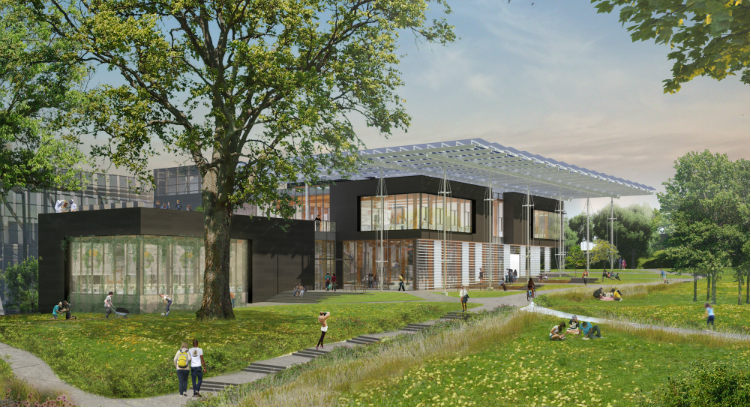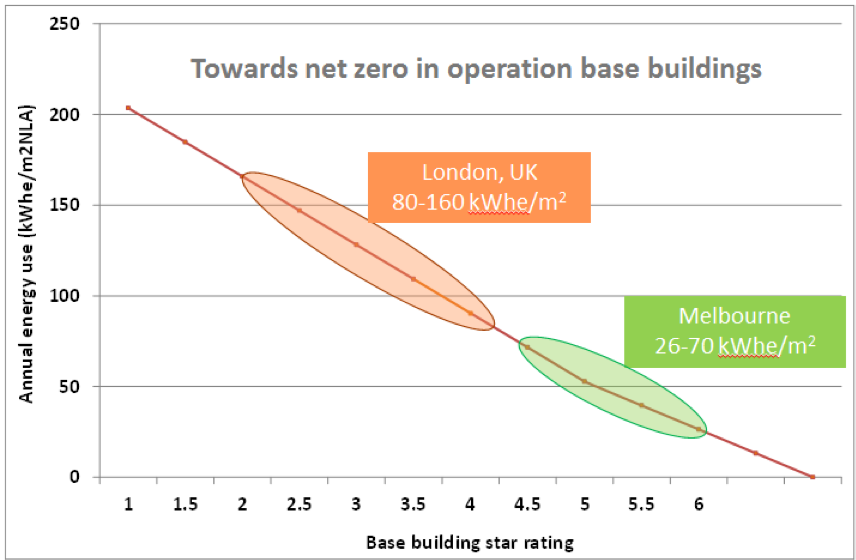
A recently released 2018 study by the U.S. General Services Administration (GSA) finds that high-performance buildings save energy, save water, cost less to operate, produce less waste, and have more satisfied occupants compared with typical buildings. In short, they reduce operating costs and increase tenant satisfaction.
“High-performance buildings are an essential element of creating an effective and efficient government for the American people,” said GSA Chief Sustainability Officer Kevin Kampschroer. “Benefits of high-performance buildings include boosting energy independence, lowering utility costs, and reducing stress on infrastructure.”
The Impact of High-Performance Buildings study compares 100 GSA high-performance buildings to 100 GSA legacy stock buildings looking at actual performance data in five key metrics from the last three years. High-performance buildings are defined as those that meet the Council on Environmental Quality’s Guiding Principles for Sustainable Federal Buildings and legacy stock buildings are defined as those that do not. The Guiding Principles are a set of common performance goals for federal agencies to meet energy efficiency and sustainable design requirements.
Compared to legacy stock buildings, GSA’s high-performance buildings have:
- 23% lower energy use,
- 28% lower water use,
- 23% lower building operating expenses,
- 9% less waste landfilled and
- higher overall tenant satisfaction.
Energy and water savings are even greater when compared to industry benchmarks – 43% for energy and 35% for water. According to Kampschroer, “If the 100 legacy stock buildings met the average performance rates of high-performance buildings, they could save over $44 million per year.” This study’s findings demonstrate the sustained value of high-performance buildings as part of the federal government’s building portfolio. GSA will leverage these results to promote cost savings, technology advancement, and operational excellence in our nation’s federal buildings. The findings can help federal, state and local agencies understand how tracking and reporting building performance can be used to drive portfolio-level decisions and save money.
More information can be found on the GSA Office of Federal High-Performance Buildings’ website.







